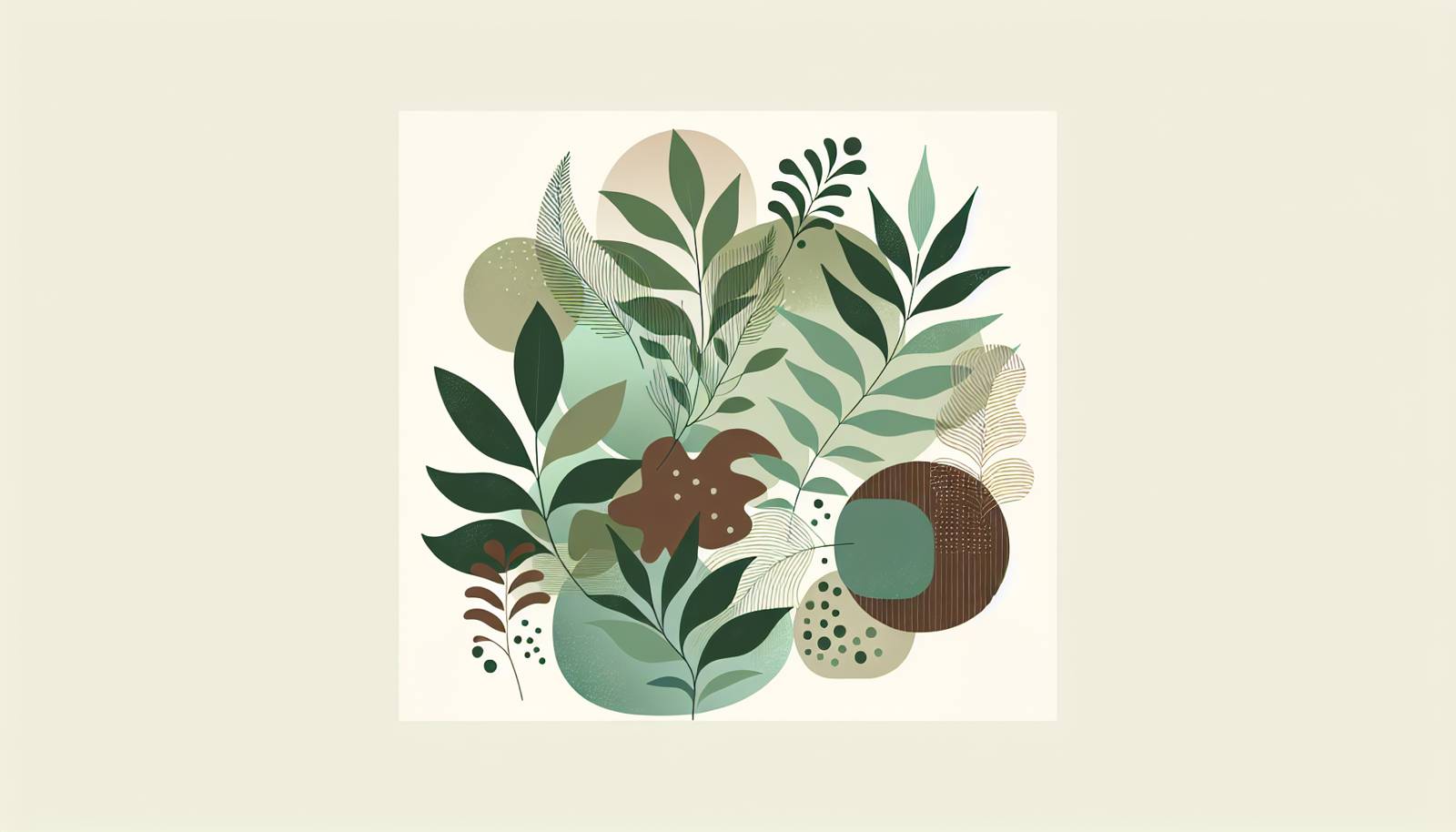
FAQ About Indoor Plant Cultural Practices

How do different cultures assign symbolic meanings to indoor plants?
Symbolic meanings of plants vary widely across cultures. For instance, in Western cultures, ivy is often associated with fidelity and eternal life, while in Japanese culture, bonsai trees are viewed as a representation of harmony, balance, and patience. The peace lily is another plant with symbolic significance, often associated with peace, calm, and purity due to its white flowers reflecting tranquility.

What are some ritualistic uses of indoor plants?
Indoor plants are used in various rituals and religious practices. In Hinduism, the Tulsi plant is used in daily worship and is believed to bring spiritual health. Native American traditions often use sage and sweetgrass in rituals for cleansing and blessing spaces. Similarly, some African spiritual practices use certain plants in rituals intended to bring about healing and protect against evil spirits.

What are the benefits of incorporating cultural plant practices at home?
Incorporating cultural plant practices at home can offer multiple benefits. It can enhance the aesthetic appeal and provide a sense of peace and mindfulness through constant engagement with nature. Such practices often carry positive psychological impacts, offering relaxation and reducing stress. Understanding and applying these cultural traditions can also promote cultural appreciation and education, providing a deeper connection to those practices.

Can houseplants have different meanings in different cultural contexts?
Yes, houseplants can have varying meanings depending on the cultural context. While a plant might represent prosperity in one culture, it might symbolize something entirely different in another. For example, orchids in Chinese culture symbolize fertility and abundance, whereas in ancient Greek culture, they are associated with virility and bravery. Understanding these differences can enrich one’s knowledge about the cultural significance of plants.

What are the cultural significances of succulents in interior design?
Succulents hold different meanings in varied cultural contexts, often symbolizing resilience and eternal life due to their hardiness and longevity. In modern cultural practices, especially in Western and urban settings, succulents have become symbols of minimalism and sustainability. They are valued for their aesthetic appeal and low-maintenance nature, fitting well into contemporary themes of eco-friendliness and simplified living.

Why is the Tulsi plant significant in Indian homes?
The Tulsi plant holds immense significance in Indian homes due to its religious and medicinal importance. It is considered a sacred plant in Hinduism, often planted indoors or in courtyards where it is worshipped daily. The belief is that Tulsi promotes spiritual well-being, purifies the surrounding air, and brings positive energy. Additionally, it is renowned in Ayurvedic medicine for its adaptogenic properties that enhance resilience to stress.

How are plants used in Japanese cultural practices?
In Japanese culture, plants are integral to several practices, with Ikebana being one of the most well-known. Ikebana, the art of flower arrangement, is a disciplined practice focusing on harmony, minimalism, and elegance. Bonsai, another cultural practice, involves cultivating miniature trees that reflect patience and control over nature. Both practices emphasize the deep connection between humans and nature, embodying spiritual philosophies prevalent in Japan.

What role do indoor plants play in African spiritual practices?
In African spiritual traditions, indoor plants are often used to connect with ancestors, heal illness, and protect individuals from negative spirits. Different plants are attributed specific roles, such as herbs used in protective rituals or baths designed to cleanse and bless participants. The spiritual efficacy of these plants is often passed down through oral traditions and deeply ingrained in cultural mythology and religious practices.

How are indoor plants used in European folk traditions?
Indoor plants have been a part of European folk traditions for centuries, where they are used for both practical and mystical purposes. Herbs such as basil and sage are utilized for culinary and protective magical purposes. Lavender, for instance, is hung in households for its calming effects and protective properties. In folklore, some indoor plants are believed to ward off evil spirits and bring blessings to the home.

What is the importance of bonsai in cultural practices?
Bonsai is a Japanese art form of cultivating miniature trees that captures the aesthetics and philosophy of harmonizing nature within limited space. It is more than just growing small trees; it's a deliberate practice conveying patience, perseverance, and the intricate balance between man, nature, and time. Bonsai is often seen as a meditative practice, promoting focus and tranquility, symbolizing a spiritual connection with nature.

Which plants are typically used in rituals in Native American cultures?
Plants play a vital role in Native American rituals, with sage, sweetgrass, and tobacco being predominant. Sage is widely used in smudging ceremonies to cleanse and purify spaces or individuals. Sweetgrass is often used for blessing and calling in positive energy. Tobacco is considered a sacred offering in trade, prayer, and ceremonies, symbolizing respect and a connection to the spiritual world.

Are there any misconceptions about indoor plant cultural practices?
A common misconception is that all indoor plants fit universally into any cultural practice. However, the significance of plants is deeply rooted in specific cultural contexts and histories. Another misconception is regarding their exact attributes and symbolic meanings, which can vary significantly from one culture to another. It's essential to research and consult culturally authoritative sources when incorporating such practices to respect and properly understand their traditional meanings.

How do indoor plants factor into meditation or mindfulness practices?
Indoor plants are often used in meditation and mindfulness practices due to their calming presence and ability to purify air. Surrounding oneself with greenery can enhance focus and create a tranquil environment conducive to meditation. Practices like Ikebana and bonsai, which require careful attention and care, can also be meditative in themselves, helping individuals cultivate mindfulness and a deeper connection with nature.

What impact do indoor plants have on cultural identity?
Indoor plants can play a significant role in cultural identity by symbolizing heritage and traditional values. They often serve as living reminders of one's cultural roots, and caring for these plants can offer a sense of connection to ancestral practices and rituals. For immigrant communities, maintaining traditional plant practices can be a vital way to preserve cultural identity in a new environment.

How do urban environments influence indoor plant cultural practices?
Urban environments have increasingly popularized indoor plants for both practical and cultural reasons. Given the limited access to outdoor spaces in cities, indoor plants offer a crucial connection to nature. Cultural practices are adapted, such as using compact plants like succulents and bonsai, which suit urban lifestyles and spaces. The rise of urban gardening also reflects a modern adaptation of traditional plant care practices, recalibrated for city living.

Can the same plant species have different traditional uses across cultures?
Yes, the same plant species can have diverse traditional uses across various cultural contexts. For example, sage is used in Native American cultures for smudging and purification, while in the Mediterranean, it's primarily valued for its culinary uses. This highlights the importance of cultural interpretation and the diverse roles that a single plant species can play, depending on cultural needs and historical usage.

What considerations should be kept in mind when adopting cultural plant practices?
When adopting cultural plant practices, it's crucial to approach them with respect and understanding of their origins and significance. Researching the cultural context and meaning is key to honoring these traditions appropriately. It's also important to consider ethical sourcing of plants and ensuring they are not endangered or threatened. Engaging with cultural practitioners and supporting indigenous or local communities can foster better appreciation and accuracy in practice.
